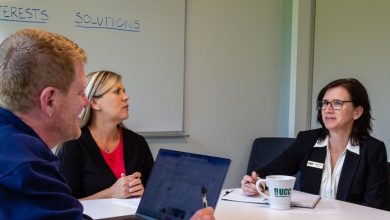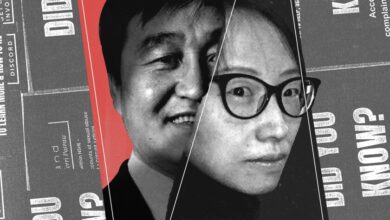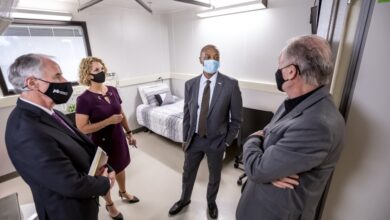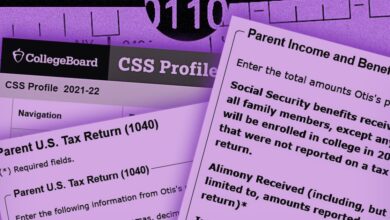A Professor Alleged Racial Profiling by a Campus Police Officer. Then Things Escalated.
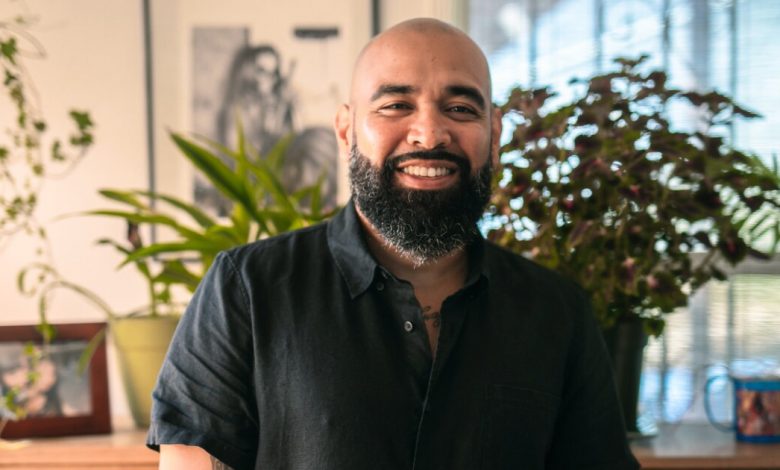
Faculty members of color often talk about the experience of being treated like a threat on or near their campuses. A recent incident at California State University at Long Beach lays those tensions bare.
In May, a Latino professor accused a Cal State-Long Beach police officer of racial profiling after he got locked out of his office. The police union then asked the university to investigate Steven Osuna, an associate professor of sociology and criminology, for allegedly making a false complaint. This week, 130 faculty members signed a letter supporting Osuna and demanding accountability for the campus-police department.
The letter, organized by Cal State-Long Beach’s faculty union, says the Statewide University Police Association’s call to investigate Osuna was inappropriate. The police union’s “targeting of Dr. Osuna represents an unprecedented attack on a faculty member, faculty of color, academic freedom, and an employee’s right to file labor grievances,” the letter states.
The letter also calls for reform of the university policy that started it all: a protocol outlining when campus police can unlock doors.
On May 25, Osuna locked himself out of his office, with keys and cellphone inside. The campus police officer who arrived at the scene said he could not open the door unless he was shown a faculty-identification card, per the policy. Osuna said he had recently lost his ID. When the officer called his supervisor — referring to Osuna, a tenured professor, as a staff member — he was told not to open the door. So he didn’t.
The interaction was captured on body-camera footage obtained by the campus police union. “If I was a white professor, you’d be fine with this,” Osuna said in the video after being denied entry.
In the faculty letter, five white and white-presenting professors shared stories of similar times when they were locked out of their offices without ID — and were eventually let in by a campus police officer.
“They’re hiding behind a policy that’s being used arbitrarily,” Osuna said in an interview. “They’re not applying it fairly.”
But Matt Kroner, president of the university-police union, denied that race played a role in what happened to Osuna. Kroner said he couldn’t speak to other instances of individuals being let into campus offices without ID. In this case, he said, the officer was simply following policy.
“It’s unfortunate that the policy didn’t allow them to assist Dr. Osuna,” Kroner said. “But immediately after being told he couldn’t be let in, Dr. Osuna was the one who injected race basically by calling the officer racist.”
No ID, No Help
Osuna told The Chronicle that he was in his office preparing for a volunteer workshop to support students who were transferring from a nearby Long Beach community college to Cal State-Long Beach. He stepped out to use the restroom, leaving his office door open.
When he came back, he said, the hallway door that led to his individual office was locked — a summer protocol that he did not realize existed. It was nearly 6 p.m., and the workshop was about to start, he said, and he saw no one else around to help.
Osuna said he then called campus police from a blue-light emergency phone. “I was hesitant to call in because I’ve had prior experiences with them,” he said. “But I had no other choice.”
The officer arrived, and Osuna informed him that he had no ID because he had lost his driver’s license and campus ID card while on vacation. The officer said he could not open the door unless Osuna had an ID.
As the faculty letter described, “sometimes they don’t even ask,” Osuna said. “Why didn’t they do that for me?” Kroner said in most of the testimonials included in the letter, the professors had an ID in their office that they were able to show once they were let in.
According to Osuna, as well as the video released by the police union, the officer told Osuna that his supervisor had directed him not to open the door, and he suggested that the professor call his dean for help. But Osuna didn’t have his dean’s number, and his phone was locked in the office.
In the video, the officer apologized to Osuna. “I think the greatest thing I’d like to emphasize is our officer who responded, our Asian officer who responded, did nothing wrong, was completely professional the entire encounter,” Kroner told The Chronicle. “His Latino supervisor, who wasn’t even on scene, had no way to know Dr. Osuna’s race, said, ‘no, we can’t do that.’”
Osuna said he stayed calm, too, despite his frustration. “I was like, I have this event at 6. I’m going to be late. Can you do this for me tonight?” he said. “I thought I lost it, but in the video I’m pretty calm. I’m like, you wouldn’t be doing this to me if I was white.”
After the officer left, Osuna said he remembered that another faculty member was coming later to help with the transfer-student event, so he waited to be let in. He was 20 minutes late for the workshop.
‘This Is a Reality for a Lot of Us.’
Osuna said his experience echoes those of other professors of color who say they have been asked to prove that they’re allowed to be in particular spaces.
In one of the most notable cases, Henry Louis Gates Jr. was arrested for breaking into his own house near Harvard University after local police officers saw the acclaimed Black studies scholar trying to force his way through the door after getting locked out. The 2009 incident drew widespread condemnation, including from then-President Obama. The charges were eventually dropped.
“This is a reality for a lot of us,” Osuna said.
Osuna first shared his frustrations with colleagues. He later met with the president of Cal State-Long Beach, his faculty union, and the campus police. The president apologized, Osuna said. The chief of police didn’t.
A statement provided by a university spokesperson said that the officer did not act inappropriately and was following established policy.
“Still, we wholeheartedly acknowledge that is not how our faculty member experienced the event,” the statement said. “Systemic racism and abuse of power by police in this country are real, profound challenges. As an institution of higher education, we embrace our role as a place for these issues to be explored and debated, with solutions identified.”
On July 12, the police union sent a letter to the California State University system’s Board of Trustees calling for the investigation of Osuna for “knowingly causing a false and stigmatizing complaint of racial bias.”
“These stigmatizing charges imperil the officer’s career, reputation and opportunities for advancement,” the letter said. “Given the accused officer is a person of color, these false allegations of racism are even more harmful.”
Osuna tweeted in response, “This is clear intimidation and an attempt to silence my union and I.” It was never about the individual officer, he said: “They were following the orders. And that’s the problem.”
Kroner told The Chronicle that he believes Osuna is “exploiting” the current moment in history by making accusations that are “blatantly false.”
“You have to have a little more than your gut intuition or feeling to label somebody racist,” the police-union leader said.
Kroner said the campus-police union supports efforts to reform the door-opening policy. “If the community is willing to take that risk and allow officers to assist even when they don’t have ID, then we’re all for it,” he said.
Osuna, meanwhile, wants to see the changes outlined in the faculty letter: a public apology from the campus-police department, the reform of the door-opening policy, and the establishment of an accountability council to monitor campus police. A community-engagement group currently exists, but Osuna believes it’s not effective because it was established by the campus police themselves.
“Right now, we’re demanding something more transparent to hold them accountable,” he said.


